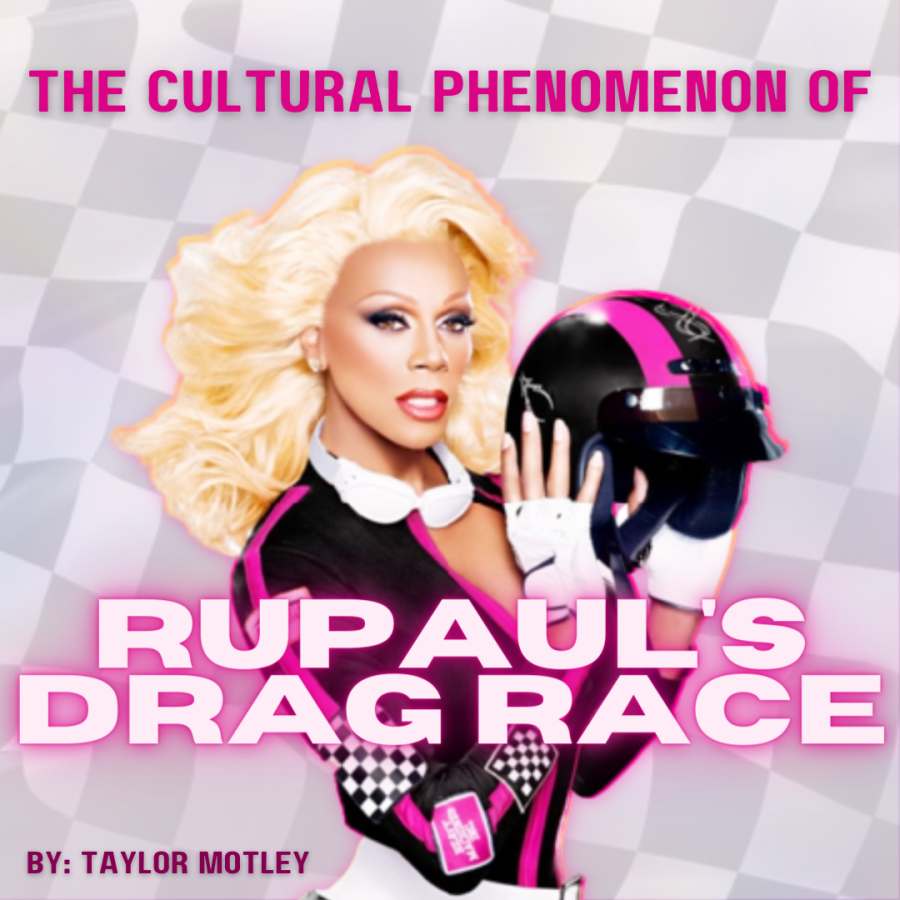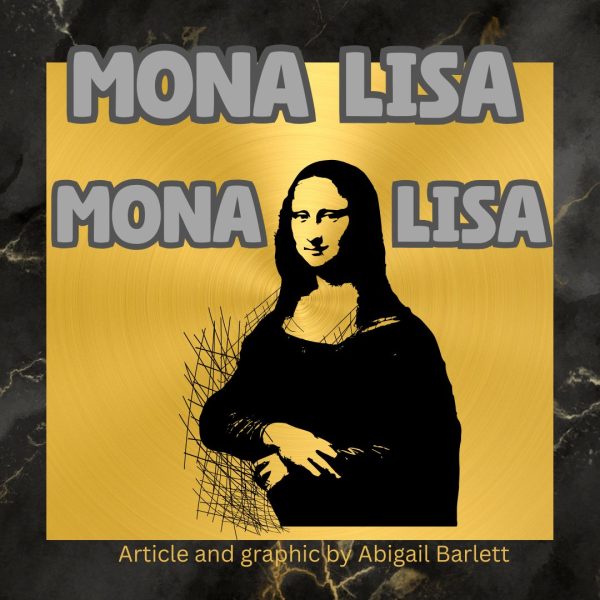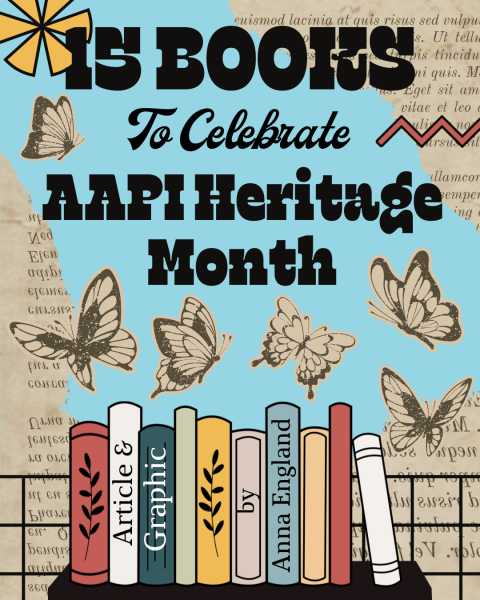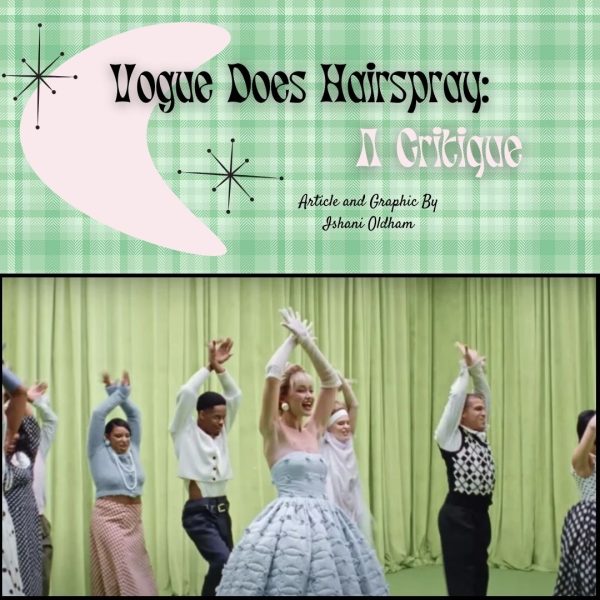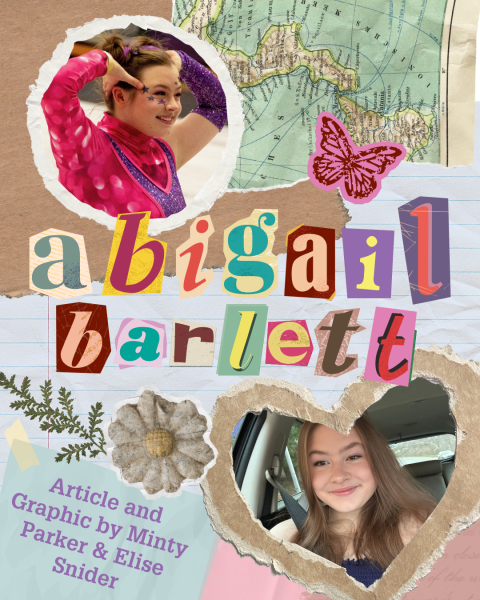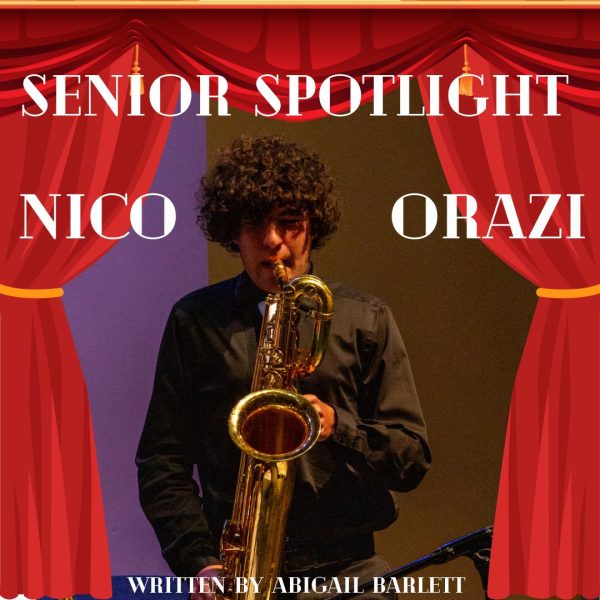The Cultural Phenomenon of RuPaul’s Drag Race
Since first airing in 2009, reality competition series RuPaul’s Drag Race has been hailed for its groundbreaking discussion of LGBT culture on mainstream television. Today, RuPaul’s Drag Race is an international franchise that has featured hundreds of drag queens, spanned 15 U.S. seasons, and received 26 Emmy’s. Over the show’s lifetime, public perception of the LGBT community has changed significantly in the U.S., and RuPaul’s Drag Race undoubtedly played a fair role in increasing acceptance.
RuPaul’s Drag Race is a reality competition television series showcasing 16 drag queens competing to win the title of America’s Next Drag Superstar and $100,000. The show’s host, RuPaul Andre Charles, rose to fame as a drag queen in the 1990s through music releases, television appearances, and cosmetics modeling. Concurrently with RuPaul’s rise to fame, drag culture gradually became more popular and less stigmatized in the United States. Even as RuPaul individually gained popularity and drag became more prevalent, the celebration of drag culture was still largely limited to those a part of the drag scene. On February 2, 2009, when the first episode of RuPaul’s Drag Race aired, drag culture’s presence in mainstream media changed forever.
In 2009, the United States was entering a new political era with the election of Barack Obama, who emphasized protecting LGBT rights during his campaign. Although a new era was starting, the consensus of the U.S. during the President Bush era remained, with less than half of U.S. citizens believing that LGBT people should have the constitutionally protected right of same-sex marriage (Gallup, 2022). With the start of the Obama era came the opportunity to change this consensus, and RuPaul’s Drag Race took this opportunity. Drag Race has been ever growing in popularity since 2009, and this has allowed them to introduce drag culture to a mainstream audience, as well as many other issues related to the LGBT community. On the fourth episode of Season 1, competitor Ongina revealed that she had been living with HIV, becoming one of the first television stars to come out as having HIV, and her vulnerability paved the way for increased discussion of HIV/AIDS into the 2010s. Through its unique discussion of LGBT culture and topics, RuPaul’s Drag Race greatly contributed to the increased acceptance of gay people in the U.S., with the popularity of Drag Race paralleling, if not preceding, the increase in legal protections of LGBT people in the U.S.
With a cast nearly entirely composed of gay men, RuPaul’s Drag Race humanized gay people, helping increase overall acceptance. Since Drag Race’s first airing, there has been a significant and steady increase in the acceptance of gay people in the U.S. (Gallup, 2022), and Drag Race’s impact is even seen within the Enloe community. The Eagle’s Eye conducted a survey with Enloe students regarding how Drag Race has impacted their views, and within the respondents who had seen at least some Drag Race-related content, 80% of them indicated that Drag Race had educated them on at least one LGBT issue. Furthermore, Enloe students anonymously shared personal anecdotes of how Drag Race has impacted them, including “[Drag Race] helped me understand more about gender identity and presentation… I felt more able to celebrate those things in myself and others,” and “I didn’t fully understand what drag was or what the LGBT community was until I saw… Drag Race… it’s made me who I am today.” Drag Race has had personal impacts on people beyond simply increasing acceptance statistically, and this shows the level of impact Drag Race has had on overall conceptions of the LGBT community. When considering RuPaul’s Drag Race’s impact on the acceptance of gay people both nationally and locally, it wouldn’t be unlikely to assume that the show has the ability to have a similar impact on the acceptance of trans people, which have faced increasingly heightened levels of discrimination recently. As it did with gay people when it first aired fifteen years ago, RuPaul’s Drag Race can highlight the discussion of trans issues and increase acceptance for trans people throughout the U.S.
Although RuPaul’s Drag Race was certainly not the primary factor in improving the acceptance of gay people in the U.S., its impact on mainstream audiences is unparalleled. As RuPaul’s Drag Race continues to rise in popularity, from increases in viewership to viral tweets and TikToks, the show can continue to promote acceptance of all identities in the LGBT community.
Works Cited
“LGBT Rights.” Gallup, 2022, https://news.gallup.com/poll/1651/gay-lesbian-rights.aspx.


